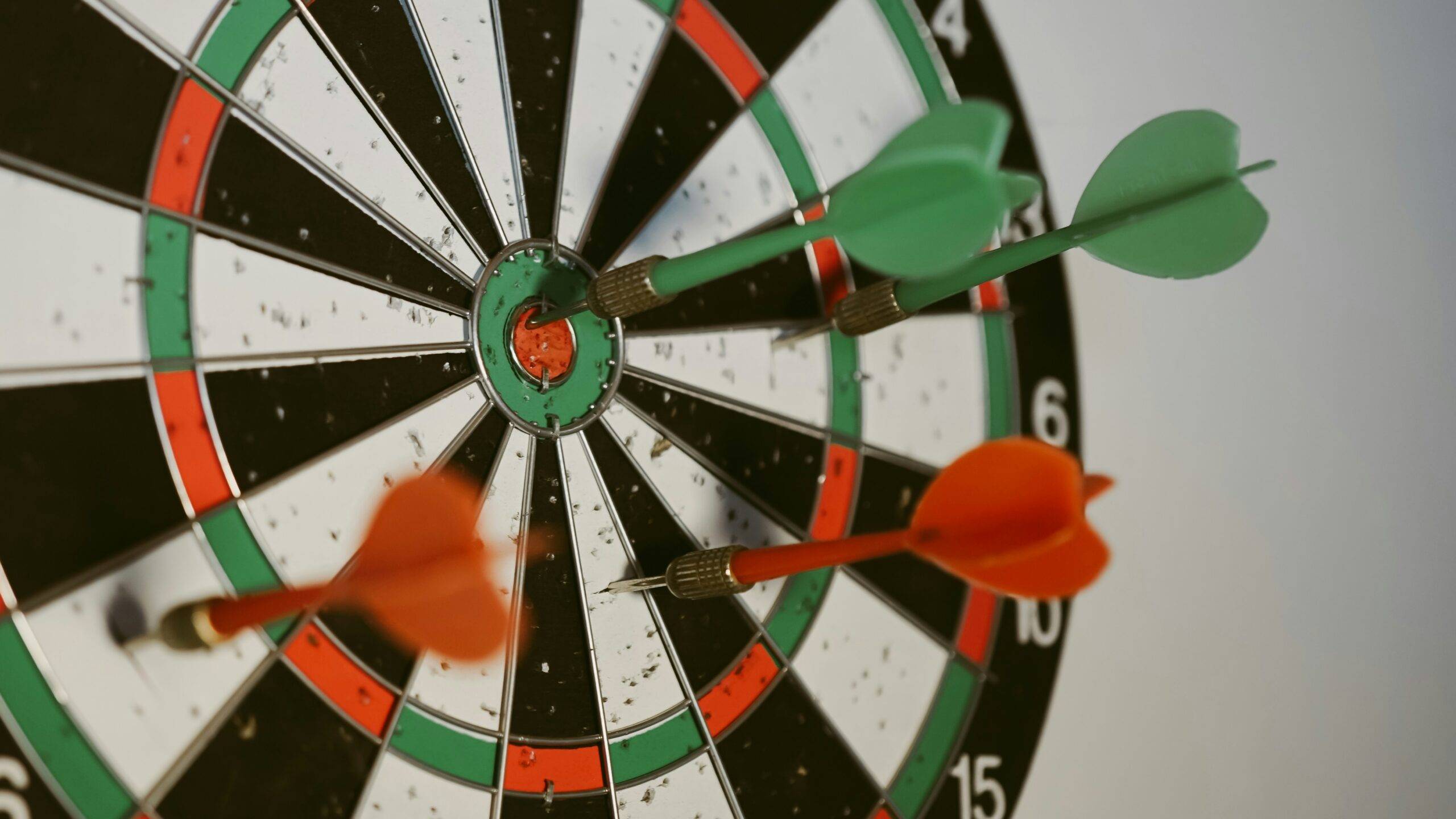
Types of Motivation
Motivation is the driving force behind our actions, influencing how we pursue our goals and aspirations. Understanding the different types of motivation can help individuals and organizations foster a more productive and fulfilling environment. In this article, we delve into the various forms of motivation, ranging from intrinsic to extrinsic, and explore their implications across different domains of life.
Introduction to Motivation
At its core, motivation refers to the inner drive that compels individuals to take action and persist in their efforts to achieve their goals. Whether it’s pursuing a personal passion, striving for career advancement, or seeking to improve physical fitness, motivation serves as the catalyst for behavior.
Intrinsic Motivation
Intrinsic motivation stems from internal factors, such as personal enjoyment, interest, or satisfaction derived from the activity itself. Unlike extrinsic motivators, which involve external rewards or punishments, intrinsic motivation arises from within.
Examples of intrinsic motivation include engaging in a hobby for the sheer pleasure it brings, pursuing a challenging task for the sense of accomplishment, or immersing oneself in a creative endeavor fueled by passion.
While intrinsic motivation can lead to greater autonomy, creativity, and overall well-being, it may also fluctuate depending on individual interests and intrinsic rewards.
Extrinsic Motivation
Conversely, extrinsic motivation originates from external incentives or consequences, such as tangible rewards, recognition, or avoidance of punishment. In many cases, extrinsic motivators are utilized to influence behavior or achieve desired outcomes.
Common examples of extrinsic motivation include working towards a promotion for the financial rewards it entails, studying diligently to earn good grades, or adhering to rules to avoid disciplinary action.
While extrinsic motivation can provide tangible benefits and incentives, it may sometimes lead to a reliance on external validation or a decrease in intrinsic interest.
Intrinsic vs. Extrinsic Motivation
Understanding the distinctions between intrinsic and extrinsic motivation is essential for effectively harnessing both types of drive. While intrinsic motivation is often associated with greater creativity and long-term engagement, extrinsic motivation can provide valuable incentives and reinforcement for desired behaviors.
Types of Intrinsic Motivation
Intrinsic motivation can manifest in various forms, each driven by different internal factors:
- Achievement Motivation: The desire to excel and accomplish challenging tasks.
- Competence Motivation: The drive to master new skills and improve one’s abilities.
- Interest/Enjoyment Motivation: Engaging in activities for the sheer pleasure or interest they evoke.
- Autonomy Motivation: Seeking independence and control over one’s actions and decisions.
Each type of intrinsic motivation plays a distinct role in shaping individuals’ attitudes and behaviors towards specific tasks or endeavors.
Types of Extrinsic Motivation
Extrinsic motivation encompasses different external factors that influence behavior:
- Reward-Based Motivation: Incentivizing desired behavior through tangible rewards or incentives.
- Punishment-Based Motivation: Discouraging undesirable behavior through the threat of negative consequences.
- Social Motivation: Seeking approval, recognition, or acceptance from others as a motivator for action.
Understanding these different forms of extrinsic motivation can help individuals and organizations design effective incentive systems and motivational strategies.
Factors Influencing Motivation
Several factors can influence an individual’s motivation, including:
- Individual Differences: Variances in personality traits, values, and beliefs can shape motivational preferences.
- Environment and Culture: Cultural norms, social context, and environmental factors can impact motivational dynamics.
- Goals and Expectations: Setting clear goals, expectations, and feedback mechanisms can influence motivation levels.
By recognizing these influencing factors, individuals can better understand their own motivational drivers and those of others.
The Role of Motivation in Personal Development
Motivation plays a pivotal role in personal development and goal attainment:
- Setting and Achieving Goals: Motivation provides the drive and determination needed to set and pursue meaningful goals.
- Overcoming Obstacles: In the face of challenges or setbacks, motivation fuels resilience and perseverance.
- Sustaining Long-Term Motivation: Strategies such as goal-setting, self-reflection, and seeking support can help maintain motivation over time.
Motivation in Education
In educational settings, motivation is instrumental in fostering learning and academic success:
- Strategies for Motivating Students: Creating engaging lessons, providing meaningful feedback, and promoting autonomy can enhance student motivation.
- Impact on Learning Outcomes: Motivated students demonstrate higher levels of engagement, participation, and achievement.
Motivation in the Workplace
Motivated employees are essential for organizational success and productivity:
- Employee Engagement and Productivity: Motivated employees are more likely to be productive, committed, and innovative.
- Creating a Motivating Work Environment: Providing opportunities for growth, recognition, and autonomy can boost employee morale and motivation.
- Leadership’s Role: Effective leadership involves inspiring, empowering, and motivating team members to achieve collective goals.
Motivation in Sports and Fitness
In sports and fitness pursuits, motivation plays a critical role in driving performance and sustaining long-term commitment:
- Goal-Setting and Performance: Setting specific, measurable goals helps athletes focus their efforts and track progress.
- Intrinsic vs. Extrinsic Motivation: While intrinsic factors such as personal enjoyment and mastery drive athletes to excel, extrinsic rewards such as medals or accolades can also serve as powerful motivators.
- Maintaining Motivation During Setbacks: In the face of injuries, losses, or plateaus, maintaining motivation can be challenging. Strategies such as focusing on long-term progress, seeking support from coaches or teammates, and finding enjoyment in the process can help athletes stay motivated.
Motivation in Relationships
Motivation influences interpersonal dynamics and mutual support within relationships:
- Supporting Each Other’s Goals: Partners who encourage and facilitate each other’s aspirations contribute to a supportive and motivating relationship.
- Building Motivation as a Couple: Collaborating on shared goals, celebrating achievements together, and offering encouragement during challenges strengthen motivation within relationships.
- Dealing with Motivational Differences: Recognizing and respecting each other’s motivational preferences and finding common ground can mitigate conflicts and enhance relationship satisfaction.
Overcoming Demotivation
At times, individuals may experience demotivation or a lack of drive:
- Identifying Causes of Demotivation: Reflecting on underlying factors such as burnout, lack of progress, or mismatched goals can help pinpoint the source of demotivation.
- Strategies for Reigniting Motivation: Engaging in self-care activities, revisiting goals, seeking inspiration from role models, or seeking professional guidance can help reignite motivation.
- Seeking Support When Needed: Whether from friends, family, mentors, or mental health professionals, seeking support can provide encouragement and perspective during challenging times.
Cultural Perspectives on Motivation
Motivational practices and priorities vary across different cultures:
- Variations in Motivational Drivers: Cultural norms, values, and societal expectations shape individuals’ motivational tendencies and preferences.
- Cultural Factors Shaping Motivational Practices: Cultural emphasis on individualism versus collectivism, achievement versus affiliation, and intrinsic versus extrinsic rewards influence motivational dynamics within societies.
Conclusion
Understanding the diverse types of motivation is essential for navigating various aspects of life, from personal development and education to relationships and work. By recognizing the interplay between intrinsic and extrinsic motivators, harnessing individual and cultural differences, and employing effective motivational strategies, individuals and organizations can cultivate a more fulfilling and purpose-driven existence.
The Importance of Community: Surrounding Yourself with Motivational Influences
Building Resilience: Bouncing Back from Setbacks
The Power of Setting Intentions: Aligning Your Actions with Your Goals
Overcoming Self-Doubt: Strategies for Building Confidence
FAQs (Frequently Asked Questions)
- What is the difference between intrinsic and extrinsic motivation?
- Intrinsic motivation arises from internal factors such as enjoyment or interest, while extrinsic motivation is driven by external rewards or consequences.
- How can I stay motivated when facing obstacles?
- Focus on your long-term goals, seek support from others, and find enjoyment in the process to maintain motivation during setbacks.
- Are there cultural differences in motivational practices?
- Yes, cultural norms and values influence motivational drivers and priorities across different societies.
- What role does motivation play in personal development?
- Motivation is crucial for setting and achieving goals, overcoming challenges, and sustaining long-term progress in personal growth.
- How can I support my partner’s motivation in a relationship?
- Encourage their aspirations, celebrate their achievements, and communicate openly about your shared goals and motivations.






















